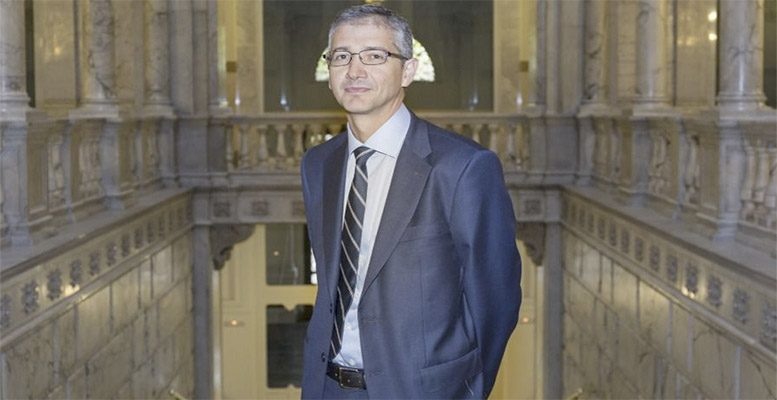Pablo Hernández de Cos (Bank of Spain’s Governor) | “With over 16,000 existing tokens, around ten new crypto-assets are estimated to be launched every day on average”
“For the time being, however, our ability to take effective action is fairly limited as we have neither the tools nor sufficient legal powers to be able to protect crypto-asset users in the same way as we protect bank customers… In any case, major changes in this respect are expected in the future, hopefully withina reasonable time frame, to allow a promising market to develop, via a swift transition from that hyperbolic“Wild West” myth to a more desirable orderly “railroad of civilisation”, if you will.”
The complex universe of crypto-assetsThe term crypto-asset is oftentimes used to refer to a wide range of highly heterogeneous assets whose common trait is that they are a digital representation of value or a set of contractual rights. In contrast with other digital assets alreadyin circulation, they rely on distributed ledger technology (DLT) to be transferred, traded and stored. In addition, unlike central bank digital currencies (CBDCs), they are not backed by a central bank or any other public authority.To simplify somewhat,they can be said to share certain standard technical features, such as (i) a decentralised ledger, (ii) the use of encryption techniques to secure communications over open networks, and (iii) the deployment of protocols that allow to automatically executedifferent types of transactions.
However, the commonalities end there. With over 16,000 existing tokens3(around ten new crypto-assets are estimated to be launched every day on average) the digital asset space exhibits sheer amplitude and a gigantic functional and operational disparity. When analysing crypto-assets, one practical approach is to classify them in accordance with what apparently is their declared main purpose. As a result, broadly speaking, three different groups may be distinguished. The first one comprises those assets whose primary objective is to serve as a medium of payment or exchange. These are loosely labelled as “virtual currencies”,and they frequently fall outside the prevailing regulatory framework, except where specifically referenced in new or existing provisions, such as the case of Germany or France.4…
Read More?





